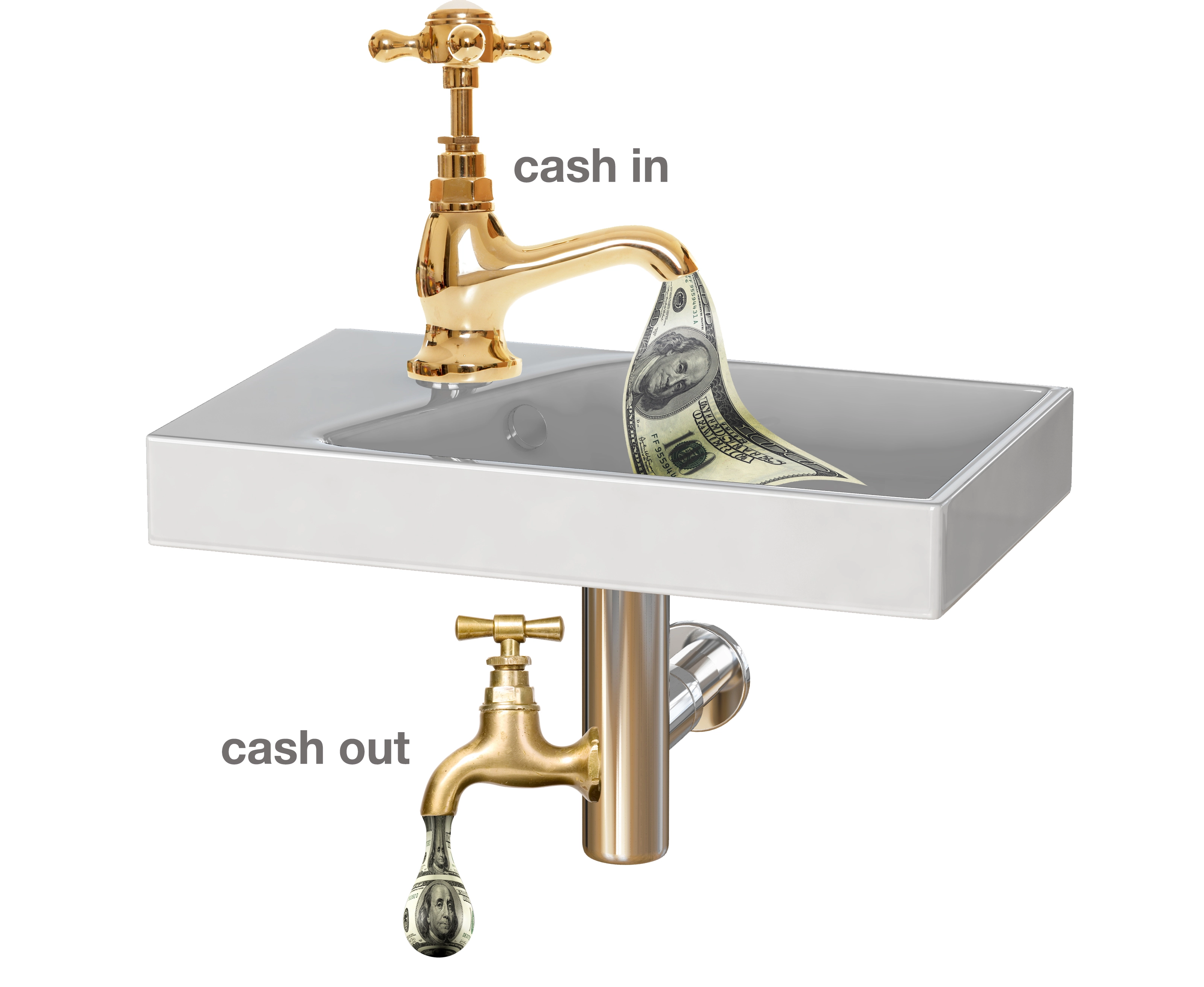Spreading holiday cheer is admirable, but the timing stinks.
In terms of finances, holiday planning doesn’t automatically come to mind — but it should.
I’ve seen contractors make two major financial mistakes at holiday time and I want to prevent you from making these mistakes this year.
The first mistake: sending out the wrong holiday gifts and cards. If your company executes a monthly marketing plan (postcard, newsletter, or combination), then there probably is a mailer planned for the holidays. Track the results this year — you’ll probably find holiday mailers are the least effective marketing piece of the year, and for good reason.
During the December rush, well-wishes for the season are likely to be forgotten. Why? Your clients get a lot of Thank You notes during this time of year. Your message probably won’t stand out. If that’s the case, question whether you should spend your hard-earned money on it in 2008.
While many holiday mailers get lost in the shuffle, there is an excellent end-of-year gift that keeps on giving: a calendar.
Some contractors’ calendars are so successful that customers call to ensure they are on the mailing list for next year’s calendar.
This marketing piece is great because it keeps your company’s name in front of the client for an entire year. An added bonus, many can be made with coupons that expire each month on products and services your company provides.
Many marketing companies produce calendars appropriate for our industry. You don’t have to reinvent the wheel; just use one that is pre-designed. In my opinion, this is a good use for your marketing dollars.
Another way to ensure your message is heard is to think outside of the box — or in this case, outside of the month of December.
You’ll definitely stand out if you send a thank you at Valentine’s Day. Almost no one sends “We love our customers” mailers at this time of year. You do want to give thanks. You just don’t want to get lost in the deluge and waste your hard-earned money.
Now for the second major mistake: year-end bonuses.
When you give year-end bonuses at holiday time, your employees think they are Christmas bonuses and expect them in good years and bad — even if they are not warranted.
Profit sharing is just that. Profit sharing. My preference is to distribute bonuses within the time frame mandated by the federal and state tax laws, which means that they usually can be paid in February. Some companies pay them in January and their employees appreciate them because they help pay for holiday credit card expenses.
What’s an equitable bonus plan? A suggested profit sharing plan that I have successfully used in the past includes everyone’s salary and years of employment. Longevity also is accounted for as is salary.
In addition, everyone is a part of the plan. It’s not only for service technicians or salespeople, everyone contributes to the profit or loss. The interesting thing that often happens after a couple of years of implementing this formula is that the employees start weeding out non-productive employees because they realize that a non-productive person affects his bonus at the end of the year.
Here’s the plan:
At the beginning of each year decide how much of the profits you will distribute at the end of the fiscal year. You must keep at least 50% for growth (to pay higher salaries, training, overhead costs, etc.) Then you choose how much of the remaining 50% you will be sharing with the employees. You may exclude the managers from the percentage if you choose.
For example, you may choose to distribute 30% of the profits with the remaining 20% split between your managers and you depending on the operating net profit of their department. Or, you can choose to include everyone, including managers, in the following plan.
Here’s the formula below:
(One employee’s annual salary) (# of years employed)
___________________________________________
Sum of all employees: (employee #1salary)(employee #1years) + (employee #2 salary)(employee #2 years) + (employee #3 salary)(employee #3 years) + ….
You will have a huge number in the denominator. The percentage for each person is the percentage of the total distribution that person receives.
For example, if a person’s salary is $20,000 per year and he has been employed with your company for four years, the numerator is 80,000. The denominator is the sum of all employees times their years of employment. Assume that it is 1,600,000.
That employee’s percentage is 80,000/1,600,000 or 5%. If the total amount distributed is $10,000, then that employee receives 5% of $10,000 or $500.
Then distribute each person’s bonus in January or February. You must take payroll taxes out of the checks.
I’m not against spreading cheer during the holidays. I just want you to present them when they will be noticed and you will get a good return on your hard-earned dollars.
If you plan ahead, you’ll avoid two major financial mistakes that many contractors make, and you’ll have a better bottom line and more contented employees.
Cheers!
Ruth King has over 25 years of experience in the hvacr industry and has worked with contractors, distributors, and manufacturers to help grow their companies and become more profitable. She is president of HVAC Channel TV and holds a Class II (unrestricted) contractors license in Georgia. Ruth has written two books: The Ugly Truth About Small Business and The Ugly Truth About Managing People. Contact Ruth at ruthking@hvacchannel.tv or 770.729.0258.





